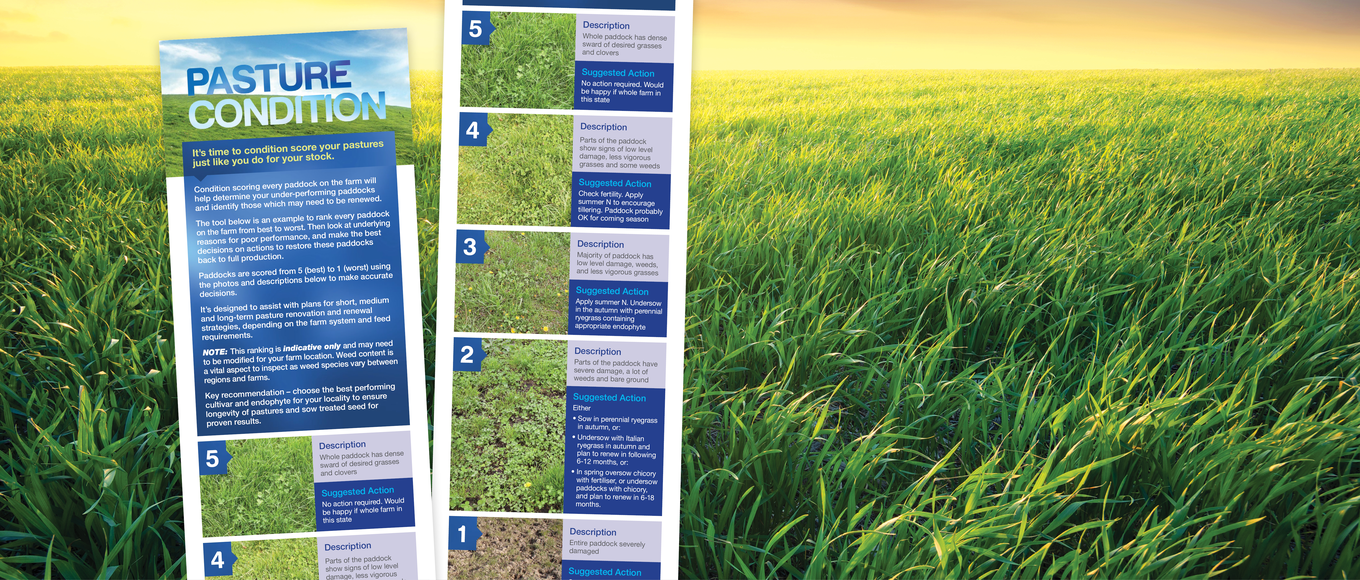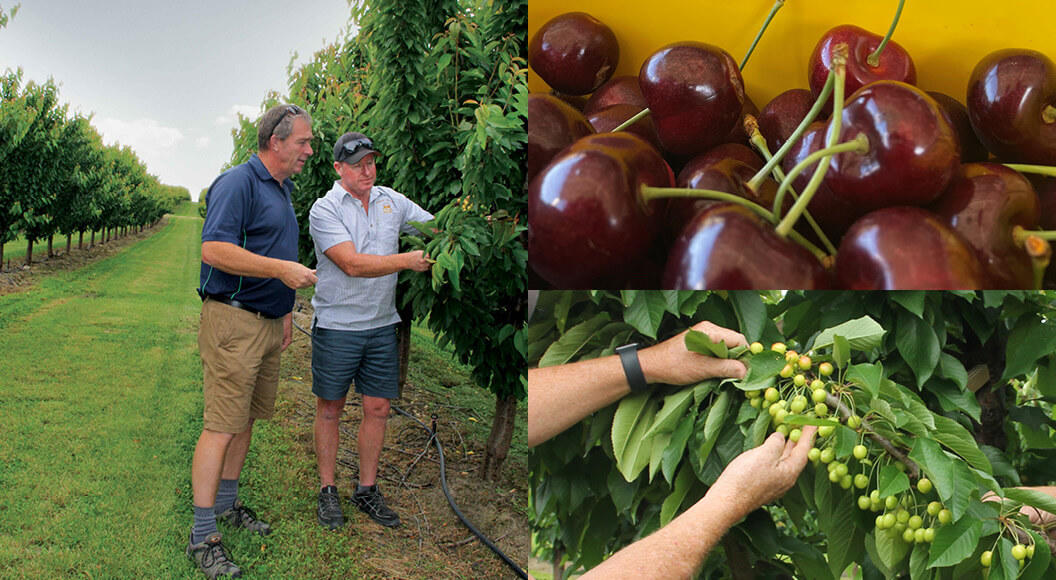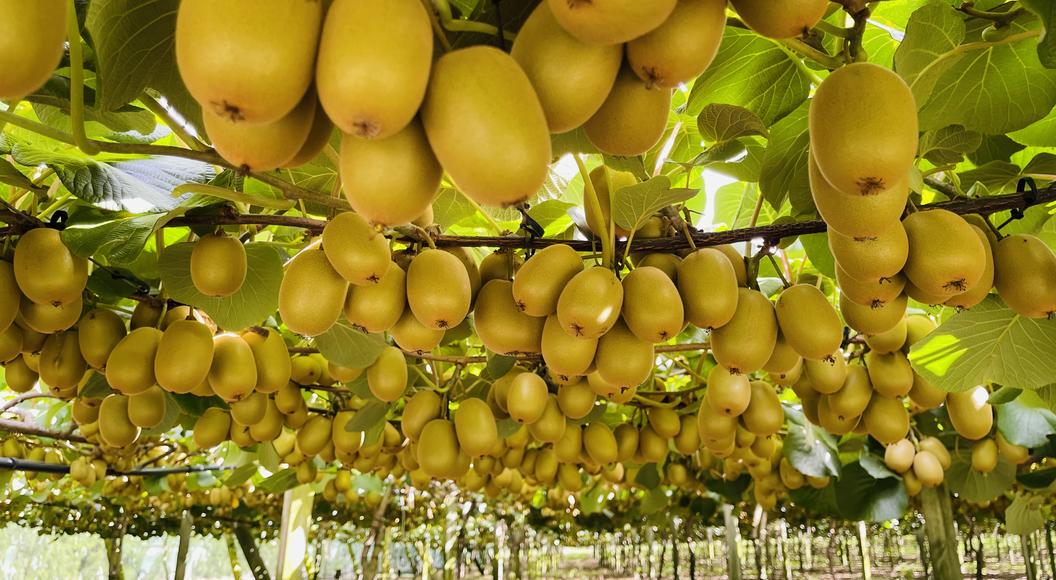
Maximise performance with pasture renewal
In 2017, there was 12 months’ worth of rainfall between January and July and in many places this led to a lack of new pastures going in last autumn. The thought of which pastures to renew and the cost is quite daunting, so how do you prioritise which paddocks to renew over others?
An industry associated collection of bodies, led by The Pasture Renewal Charitable Trust is an independent entity funded by agribusinesses, raising awareness of the benefits of pasture renewal for the New Zealand economy. It is supported by Dairy NZ and Beef + Lamb NZ. They have come up with a system to guide you through pasture renewal decisions by condition scoring your pasture and determining a recommended course of action.
The aim is to encourage walking pastures in good time and assess under-performing paddocks to then create a plan to restore these paddocks back to full production. Usually this is best done in the spring or late summer, where you would condition score each paddock on a 1-5 basis according to the photographic comparative guides provided. On each condition score of the guide, there is a suggested course of action ranging from a “5”, where the whole paddock has a dense sward of desired grasses and clovers, to a condition score of “1”, where the entire paddock is severely damaged and the recommendation is to sow into a summer crop in the spring and then a perennial pasture in the following autumn.
Top tips:
- Plan the process well in advance. Remember, in the North Island, perennial pasture and clover is best planted by late March.
- Walk your paddocks and identify those that are under-performing using the photographic guide.
- Identify the reason behind the poor performance, for example poor drainage, pH or fertility, and fix them before you undertake any renewal process.
- Soil test at least six months in advance to give yourself time to correct any large nutrient deficiencies.
- Decide if you want to renew in either the autumn or spring. Perennial pasture is usually best renewed in the autumn, so take the opportunity to grow a summer crop and allow time to focus and deal with perennial weeds and nutritional problems.
- Plan the cultivation programme and work with the contractor to achieve your requirements.
- Spray out the old crop well before any cultivations or direct drilling using an appropriate dose of glyphosate plus insecticide if needed.
- Choose the correct cultivar for what you want to achieve. Consider heading date, endophyte, additional species mix and seed dressing.
- Plan sufficient seed requirement for sowing rate and order your seed mix well in advance.
- After drilling, monitor for slugs, pests and weeds and treat accordingly. Then manage early grazing, avoiding overgrazing or pugging. This will help with the persistence of the pasture and protect your investment.
For advice on pasture condition scoring your paddocks in the lead-up to autumn, and to discuss a suitable plan of action, contact your local PGG Wrightson Technical Field Representative.


